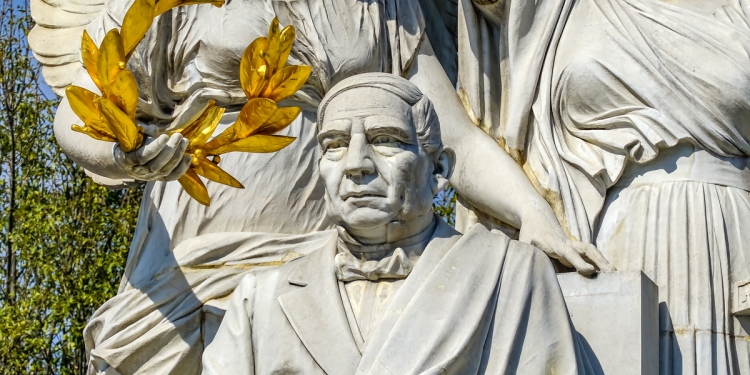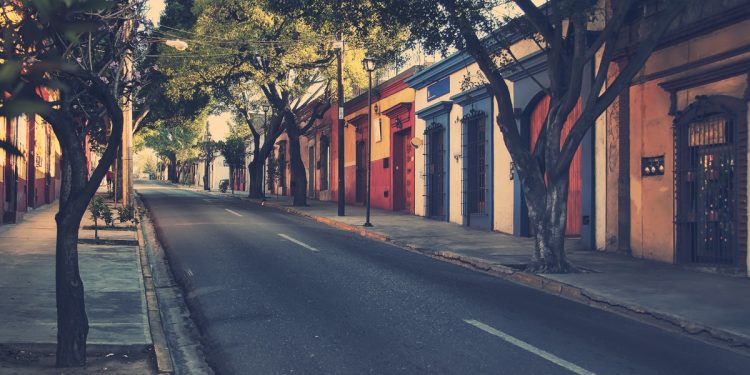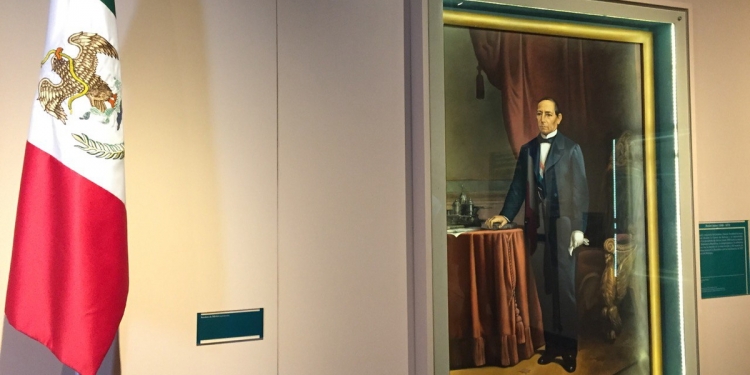Among Mexico’s many sayings, one that is especially popular in election season is: “lo que el viento a Juárez” —what the wind did to Juárez.
There is no question of the Mexican origin of this saying, which refers to the most revered of the country’s presidents and is similar in meaning to “water off a duck’s back.”
Several explanations are offered for how the expression came to be used, of which the most likely appears to be that offered by the late anthropologist and historian Fernando Benítez, in his work Un Indio Zapoteco Llamado Benito Juárez.
According to Benítez, when Juárez was a boy, he was caught in a wind storm on a boat on a lagoon. Other boys swam to shore but the young Juárez stayed aboard, rode out the storm and came safely ashore with the boat the next morning. Hence the saying, something does to one “what the wind did to Juárez” – i.e. nothing.
Another explanation offered is that of a supposed portrait of Juárez, which shows a flag waving in the background, but Juárez’s robes not moving at all. Given the serious poses in which Juárez appears in most portraits, this explanation at least sounds feasible.
Others, totally unconvincingly, talk about wind storms in Ciudad Juárez, originally El Paso del Norte, and renamed in Juárez’s honor after he and his forces briefly took refuge there during the French intervention, or even to the many statues of the former president being unaffected by wind.
Mexico in your inbox
Our free newsletter about Mexico brings you a monthly round-up of recently published stories and opportunities, as well as gems from our archives.





